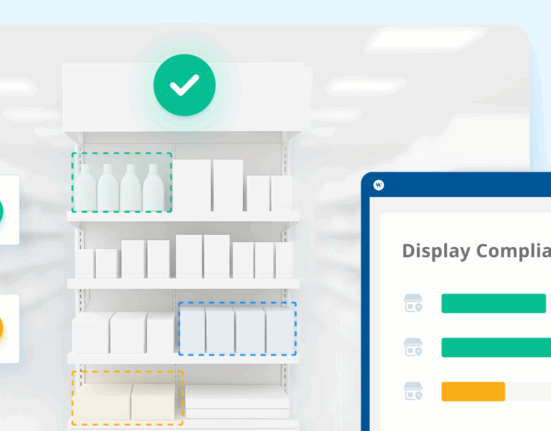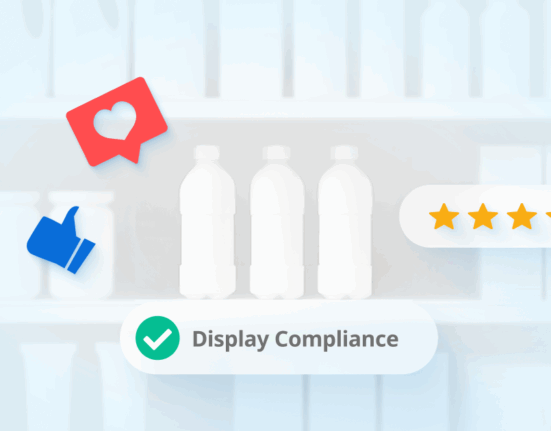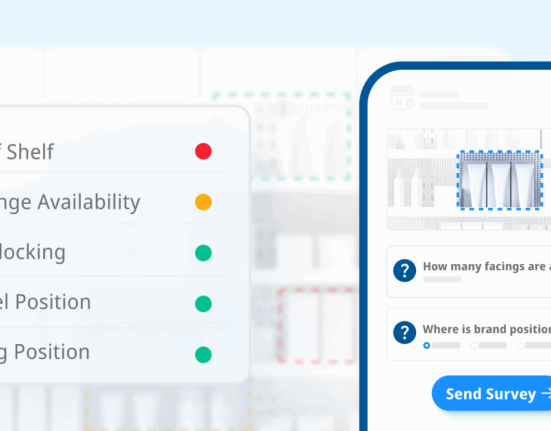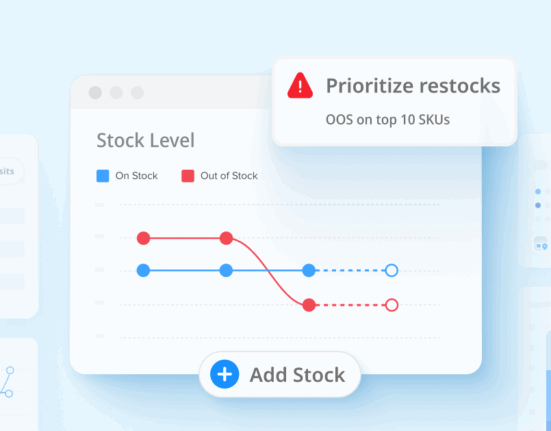Customer satisfaction is not just important—it’s essential. The success of any business largely depends on happy customers.
Businesses that prioritize customer satisfaction tend to not only retain their existing customers but also often attract new ones. It is not just about selling a product or service, but about delivering an experience that leaves the customer feeling valued, satisfied, and ready to tell their friends and family about the experience.
Customer satisfaction management is a strategic approach that focuses on creating and sustaining a positive customer experience. It involves understanding customer needs and expectations, delivering quality products and services, and continually improving your offerings based on customer feedback.
However, managing customer satisfaction is no easy task.
It requires an empathetic understanding of your customers’ journey and a continuous effort to improve it. But the reward is well worth the effort—a loyal customer base, increased sales, and a strong market presence.
Understanding Customer Needs
In the retail context, customer satisfaction refers to the degree to which a customer’s expectations of a product or service are met or exceeded. This is a crucial metric as it directly links to customer loyalty, repeat purchases, and positive word-of-mouth.
A satisfied customer is likely to become a repeat customer and advocate for the brand, contributing significantly to a business’s long-term success. In fact, according to Gartner, customer experience accounts for over two-thirds of customer loyalty, outperforming brand and price combined.
Understanding customer needs plays an instrumental role in business success, as it informs the strategies that a company employs to satisfy those needs. Once a business comprehends what its customers value, it can tailor its products, services, and interactions to meet those preferences.

Strategies to Enhance Customer Satisfaction
Customer satisfaction is a crucial determinant of a business’s success. It is paramount to continually strive for improved customer satisfaction efforts and experiences, fostering loyalty and promoting brand advocacy.
There are many effective strategies a business can employ in order to significantly enhance customer satisfaction. These methods, grounded in meticulous customer understanding and proactive customer service experience, can help businesses outshine competitors and secure a robust customer base. For example:
No. 1: Emphasizing Quality Products and Services
The importance of maintaining high-quality products and services cannot be overstated in the quest to ensure customer satisfaction. Quality signifies reliability and consistency, two factors that customers value highly. When customers purchase a product or engage with a service, they expect it to perform as advertised. Delivering on this expectation fosters trust and confidence in your brand.
Furthermore, superior quality distinguishes your offerings from competitors and provides a compelling reason for customers to return. In essence, a consistent focus on quality reflects a commitment to customer satisfaction and places your business in a strong position to thrive and grow.
No. 2: Exceptional Customer Service
Exceptional customer service is a powerful strategy to enhance satisfaction levels among customers. This entails responding to customer inquiries promptly, handling complaints with empathy and understanding, and going the extra mile to meet their needs.
Exceptional service creates an environment where customers feel valued and respected, leading to increased loyalty toward your brand. Also, this proactive approach to service can transform a negative customer experience into a positive one, thereby preserving customer relationships.
Effective management of customer satisfaction not only defines the success of your business but also shapes its future trajectory.
No. 3: Feedback Mechanisms
Feedback mechanisms play a vital role in understanding customer satisfaction and facilitating necessary improvements. They serve as a direct line of communication that enables businesses to gain valuable insights into what customers appreciate about their products or services and where changes may be needed to improve customer satisfaction.
Surveys, customer reviews, and social media interactions are some common feedback mechanisms that can be used.
By implementing and effectively utilizing feedback mechanisms on customer expectations, businesses can proactively address customer satisfaction, ensuring that their offerings remain in line with customer preferences and expectations. This strategy not only enhances customer satisfaction but also nurtures a customer-centric culture that values and responds to customer input.
No. 4: Loyalty Programs
Businesses can significantly increase customer satisfaction and retention by implementing effective loyalty programs.
These initiatives incentivize consistent patronage by offering rewards, such as discounts or special offers, based on the customer’s history of purchases or interactions with the business. This strategy not only acknowledges and appreciates the customer’s commitment but also encourages their continued engagement with the brand.
Furthermore, loyalty programs can be tailored to individual customer preferences, thereby enhancing their personal connection with the business. This personalized approach often leads to higher satisfaction levels and encourages customers to remain loyal to the business.

No. 5: Complaints & Returns
One of the critical aspects of measuring customer satisfaction is how a business manages its complaints and returns. Companies that handle these situations effectively often maintain higher customer satisfaction levels.
To handle complaints effectively, businesses should maintain an open line of communication, listening to the customer’s issues and understanding their perspective. This includes responding in a timely manner and following up to ensure the issue has been resolved satisfactorily.
As for returns, it is important to have a clear, straightforward policy that protects both the business and customer. A hassle-free return process can turn a potentially negative experience into a positive one, encouraging customers to maintain their trust in the brand.
By using these strategies, businesses can turn complaints and returns into opportunities for enhancing overall customer satisfaction.
The Path to Maintaining Customer Satisfaction
Effective management of customer satisfaction not only defines the success of your business but also shapes its future trajectory. By focusing on understanding customer needs, improving product quality, providing excellent customer service, and acting upon feedback, businesses can ensure that their customers remain happy and loyal. This not only fosters a positive brand image but also enhances a business’s competitive advantage in the market.
Moreover, it is important to remember that improving customer satisfaction is a continuous process. As market trends and customer preferences evolve, businesses should proactively adapt and innovate their strategies.
Implementing robust customer relationship management systems and investing in regular training of customer service personnel can go a long way in maintaining high levels of customer satisfaction in the long run.
The rewards of investing in customer satisfaction are manifold. Not only does it lead to repeat business, but a satisfied customer also becomes a brand advocate, bringing in new loyal customers through word-of-mouth referrals. In essence, keeping your shoppers happy is not just about making a single sale, but about building a long-lasting relationship that benefits both the customer and the business.
Visit Wiser.com today to learn more about how to improve the Consumer Experience.









